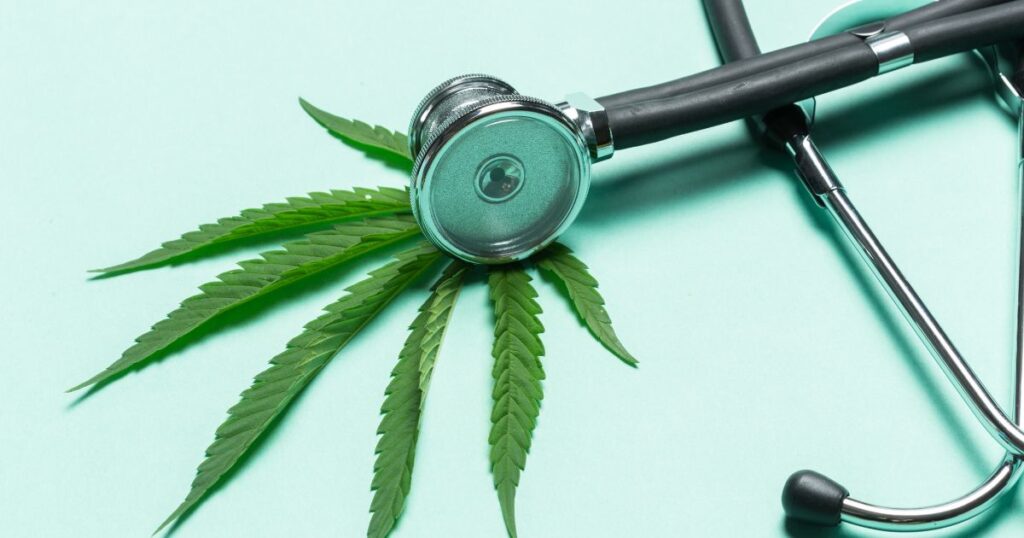When Ohio legalized recreational marijuana, it marked a significant shift in the state’s cannabis landscape. While this move was celebrated by many, it has also led to an unintended consequence: a notable decline in enrollment for the state’s medical marijuana program.
This trend isn’t unique to Ohio; it’s a pattern observed in other states that have transitioned to an adult-use market. The reasons for this shift are complex, involving everything from the convenience of retail access to the high cost of legal cannabis, which is pushing some consumers back toward the illicit market.
Understanding this dynamic is important. It’s not about pitting the recreational and medical programs against each other, but rather examining how they coexist and influence consumer behavior. As states refine their cannabis policies, looking at why patients might opt out of medical programs provides valuable insight into the evolving relationship between consumers, regulations, and the market itself.
A Familiar Pattern, Declining Medical Marijuana Enrollment After Legalization
Recent data from Ohio highlights a significant drop in medical marijuana participation. A survey from Ohio State University’s Drug Enforcement and Policy Center revealed a 43% decline in active patients between May 2024 and July 2025. The numbers fell from 165,746 active patients to just 94,294 in that period. At its peak in October 2023, the program had 184,958 patients, meaning it has lost nearly half of its patient base.
This decline tracks closely with the experiences of other states. For instance, after Arizona legalized recreational use, it saw a similar downward trend in medical marijuana sales throughout 2022. In some cases, the change can be almost immediate. When Arizona streamlined its medical card system in 2019 to make it electronic and less expensive, the number of new and renewing applicants fell by nearly half, suggesting that even minor adjustments in convenience and cost can have a major impact.
The primary driver often comes down to convenience. For many, the process of obtaining or renewing a medical card—which involves doctor’s consultations and state fees—is a barrier that no longer seems necessary when they can simply walk into a recreational dispensary. Some former medical cardholders have noted that they didn’t purchase enough cannabis to justify the cost and effort of maintaining their medical status.
The High Cost of Legal Cannabis
While convenience plays a role, a more pressing issue for many consumers is the high price of legal cannabis, both medical and recreational. In Ohio, dispensary prices have become a major point of dissatisfaction. A 2025 survey found that 76% of respondents identified high prices as a key concern, an increase from 70% in 2024. The problem is magnified when consumers look at neighboring states.
According to the Drug Enforcement and Policy Center, Ohioans are paying nearly three times as much for a gram of cannabis flower compared to consumers in Michigan, for now…….
This price pressure isn’t just frustrating—it’s actively pushing consumers to seek alternatives. The same Ohio survey showed a drop in dispensary loyalty, with the number of people who always obtained their marijuana from Ohio dispensaries falling from 81% in 2024 to 74% in 2025. This suggests that a growing number of consumers are looking elsewhere, including the unregulated illicit market.
The state of Ohio collects significant revenue from cannabis through a state sales tax (5.75%), local sales taxes (up to 2.25%), and a special 10% excise tax on recreational sales. While this has generated over $434 million in revenue to date, the high tax burden contributes directly to the prices consumers face.
The Illicit Market’s Enduring Appeal
When legal cannabis becomes too expensive or difficult to access, the illicit market becomes an attractive alternative for some. A study published in the Journal of Cannabis Research explored why medical patients might turn to unregulated sources even in states with legal programs. The findings were clear: cost is the overwhelming factor.
According to the study, 79% of those who used illicit sources cited the high cost of legal medical cannabis as their primary reason. These users also faced more barriers within the legal system.
For example, 45.8% of illicit users said the high cost of cannabis products was a problem, compared to just 15.4% of those who exclusively used legal channels. Similarly, 29.2% of illicit users struggled with enrollment costs for the medical program, versus only 7.1% of legal-only users.
Beyond cost, issues of supply and trust also play a part. The study found that 54.2% of illicit users had trouble getting a consistent and adequate supply of their medicine through legal dispensaries.
Trust is another factor; only 45.5% of illicit users reported trusting their state’s medical cannabis program. These challenges—high prices, inconsistent supply, and a lack of trust—create an opening for the illicit market to thrive despite the risks associated with untested and unregulated products.
The Path Forward for Cannabis Programs
The decline in medical marijuana enrollment following recreational legalization is a natural market adjustment. Patients weigh the benefits of a medical card—such as potentially higher possession limits or access to specific products—against the convenience and accessibility of the adult-use market.
However, when high taxes and prices push consumers away from the legal market altogether, it signals a need for policy reevaluation.
Striking the right balance is essential. States must create a regulatory environment that allows legal businesses to compete with the illicit market on price while ensuring product safety and generating tax revenue.
For consumers, the choice between medical, recreational, and illicit cannabis will continue to be a personal calculation of cost, convenience, and perceived benefits. As the legal cannabis industry matures, the experiences in states like Ohio offer important lessons for creating sustainable and effective programs for all.

















